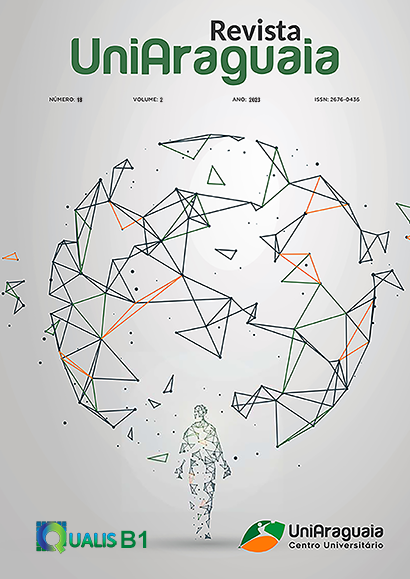DINÂMICA TEMPORAL (2001-2021) DA FRUTICULTURA NO ESTADO DE ALAGOAS
Keywords:
Produção Agrícola, Rendimento, Variabilidade Produtiva.Abstract
A fruticultura é uma atividade de grande importância econômica e social para muitas regiões no mundo, inclusive para o Brasil, país que figura como terceiro maior produtor mundial de frutas. No país, o Nordeste é uma das principais regiões produtoras, destacando-se o estado de Alagoas por seu potencial para essa atividade. Nesse sentido, esse estudo objetivou analisar a dinâmica temporal das principais culturas frutíferas produzidas em Alagoas, no período de 2001 a 2021, buscando-se assim, subsidiar estratégias de fortalecimento desse segmento produtivo. Dados produtivos de dez culturas frutíferas (banana, coco, goiaba, laranja, limão, manga, mamão, maracujá, abacaxi e melancia) produzidas no estado foram extraídos do banco de informações da Produção Agrícola Municipal do Instituto Brasileiro de Geografia e Estatística, utilizando-se para isso o Sistema de Recuperação Automática (SIDRA). Forte dinamismo foi observado para as variáveis analisadas das principais frutíferas produzidas em Alagoas no período 2001 a 2021. As maiores áreas colhidas no estado são com coco, banana e laranja, com áreas superiores a 3.000 hectares anuais. A banana se destacou pela maior quantidade produzida, especialmente em 2021, quando atingiu uma produção de 112.404 toneladas. Ao fim do período em monitoramento, a produtividade de todas as culturas avaliadas foi inferior ao rendimento observado para a região Nordeste e para o Brasil. Diante da importância da fruticultura para Alagoas, bem como do potencial de expansão desse segmento, verifica-se a necessidade da adoção de estratégias que busquem melhorias produtivas para a fruticultura alagoana.
Downloads
Published
Issue
Section
License
The copyright of the published articles will be transferred to the Uniaaraguaia Magazine, allowing its subsequent reproduction as transcription and with due citation of source. In the event of acceptance and before the publication of the article, the plaintiff (s) shall write a statement formally transferring copyright to the magazine.
The author may also print and distribute copies of his article, provided that he mentions that the rights belong to the Uniaaraguaia Magazine.
Author rights include the right to reproduce in full or partly by any means, distribute this article, including figures and photographs.
By submitting originals to the Uniaaraguaia magazine, the author or authors express agreement with the following terms:
a) Authors maintain copyright and grant Uniaraguaia magazine the right of first publication, with the work simultaneously licensed under the Creative Commons Attribution license that allows the sharing of work with recognition of the authorship and initial publication in this magazine.
b) Authors are authorized to assume additional contracts separately, for non-expiration distribution of the work version published in this magazine (eg publish in institutional repository or as book chapter), with recognition of authorship and initial publication in this journal.
c) Authors are allowed and are encouraged to publish and distribute their work online (eg in institutional repositories or on their personal page) to any point before or during the editorial process, as this can generate productive changes as well as increase the impact and citation of published work.

